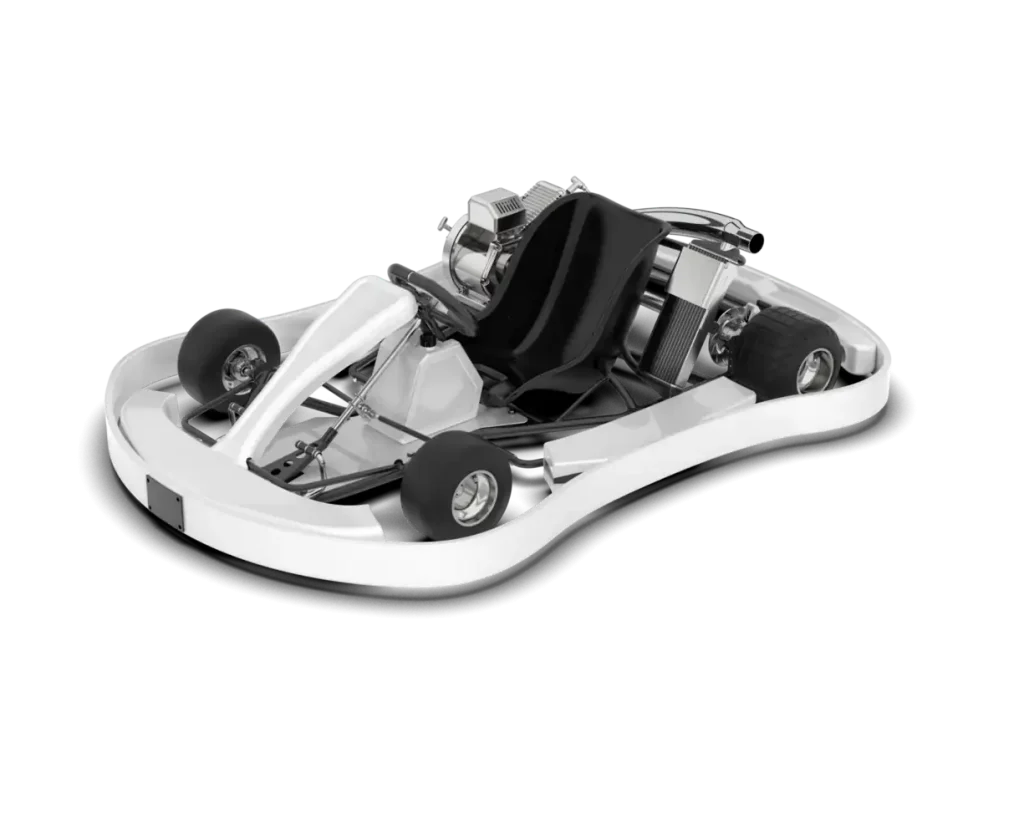Mastering Your Kart Setup Regenrennen: Rain Racing Precision
When the skies open and raindrops patter across the asphalt, a special kind of challenge emerges for any kart competitor. The “kart setup regenrennen” isn’t just a translation of “rain race kart setup” into German—it’s a symbol of mastering slippery conditions, maximizing grip, and outpacing rivals when the track is drenched. Whether you’re tackling a club event or a high-stakes championship, understanding how to tune your kart for wet weather is the difference between sliding off the racing line and standing on the top step of the podium. In this article, you’ll discover the essential principles, proven tweaks, and savvy strategies to keep your kart glued to the track, even in a downpour.
Why a Dedicated Kart Setup Regenrennen Is Crucial
Understanding Wet Track Dynamics
Rain creates a thin film of water that dramatically reduces tire adhesion and alters braking distances. A kart setup optimized for dry conditions can become uncontrollable once a few puddles form. By adapting suspension, tire pressure, and weight distribution, you regain the ability to steer confidently, brake later, and accelerate smoothly out of corners. This means fewer spins, faster lap times, and a significant psychological edge over competitors who haven’t prepared for the challenge.
Differences Between Dry and Wet Setups
Dry setup prioritizes maximum traction and minimal chassis roll, keeping the kart stiff for precise responses. Conversely, wet kart tuning embraces additional compliance in the chassis, softer springs, and increased steering lock to let the tires follow the track’s subtle contours. You’ll also adjust seat positioning and leverage ballast to shift weight balance, ensuring the rear axle stays engaged under acceleration without losing front-end grip through corners.
Key Components of a Successful Rain Kart Setup
Tire Selection and Pressure Adjustments
Choosing the right wet-weather tires is the first step. Look for specialized rain compounds with deeper tread patterns that channel water away. After mounting, lower the tire pressure by 1–1.5 psi compared to your dry setting. This increases the contact patch, enhancing grip and reducing hydroplaning risk. Monitor temperatures closely—aim for an even heat distribution to prevent cold spots that cause sliding.
Chassis Stiffness and Ride Height
Softening your chassis lets the kart float over surface irregularities instead of bouncing off them. Swap to softer torsion or installing additional chassis-flex spacers can improve traction, but avoid going too soft, which compromises responsiveness. Raising ride height by a few millimeters prevents water buildup under the chassis and improves cornering clearance, letting you navigate pooling water more effectively.
Weight Distribution and Ballast
Even weight distribution is essential in a rain race. Adding small amounts of ballast toward the rear can keep the traction balanced during throttle application. Likewise, slight right-side bias helps on clockwise tracks by offsetting the natural lean of the kart. Always check that overweight adjustments comply with your series’ regulations to avoid disqualification.
Actionable Tips for Optimizing Your Setup
- Start with Baseline Settings: Record your dry setup data, then adjust one parameter at a time—spring rate, tire pressure, or ride height—so you can pinpoint performance gains.
- Practice in Light Showers: Seek track time in partial rain to test wet tactics without the extreme challenge of a downpour.
- Use Real-Time Telemetry: If available, track wheel slip, steering angle, and throttle application to fine-tune adjustments between sessions.
- Dial in Brake Bias: Move bias slightly toward the rear to prevent front tires from locking up on slick surfaces.
- Inspect Tires Frequently: Check for cuts, debris, and uneven wear—wet sessions amplify minor damage into major handling issues.
Real-World Example: Case Study at Regenreffen in Assen
Conditions and Initial Setup
At a regional event in Assen, racers faced intermittent rain and standing water on the tight infield section. The winning team started with a baseline dry setup, then immediately switched to medium-soft front springs and softer rear axle supports. They dropped tire pressures from 8.5 psi to 7.0 psi and raised the chassis by 3 mm.
Adjustments Between Practice Sessions
During the second practice, telemetry revealed the rear tires overheated and lost grip in rapid direction changes. The crew lowered rear pressure by 0.5 psi and reallocated 2 kg of ballast toward the left side to improve stability in right-hand turns. As a result, lap times dropped by 1.2 seconds and consistency improved through the final race.
Overcoming Challenges in Wet Racing
- Pooled Water: Choose higher lines that naturally drain better. Avoid the curb edges where puddles gather.
- Visibility Issues: Install anti-fog spray on your visor and use tear-off strips for clear vision lap after lap.
- Cold Tires: Warm up with controlled slaloms in the pit lane or initial warm-up laps at moderate pace.
- Brake Fade: Wet conditions can cool rotors too much, leading to delayed bite. Brake earlier and smoother, then apply more force as temperatures stabilize.
Ready to Dominate Your Next Rain Race?
With your kart setup regenrennen now dialed in, you have the knowledge and tactics to stay fast and safe when the downpour hits. Embrace the challenge, experiment in practice, and keep refining each element—chassis flex, tire choice, ballast, and telemetry data will be your allies on a wet track. If you’re hungry for more in-depth guidance, check out our complete wet-weather karting guide or subscribe to our newsletter for exclusive tips, race reports, and insider secrets. Lace up your helmet, trust your setup, and conquer every Regenrennen like a pro!

